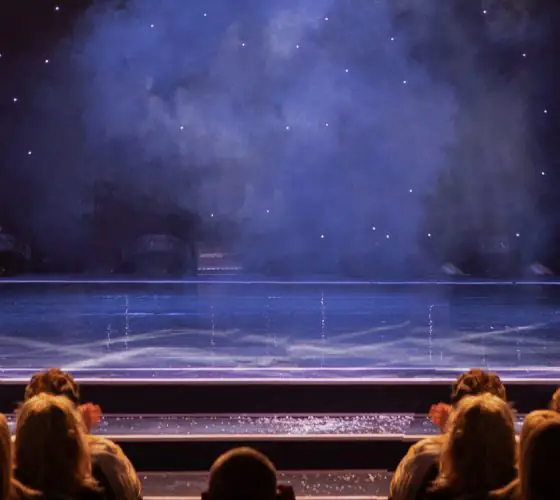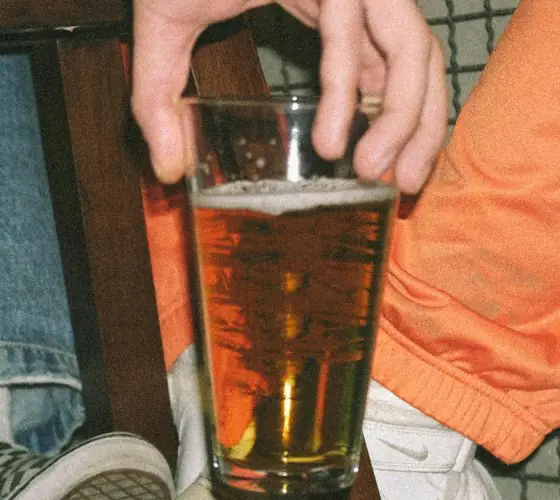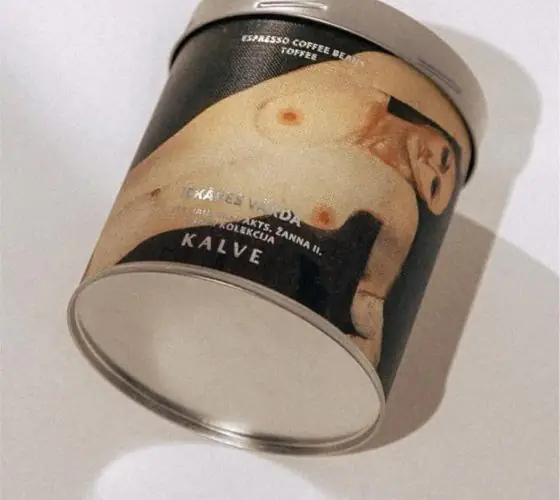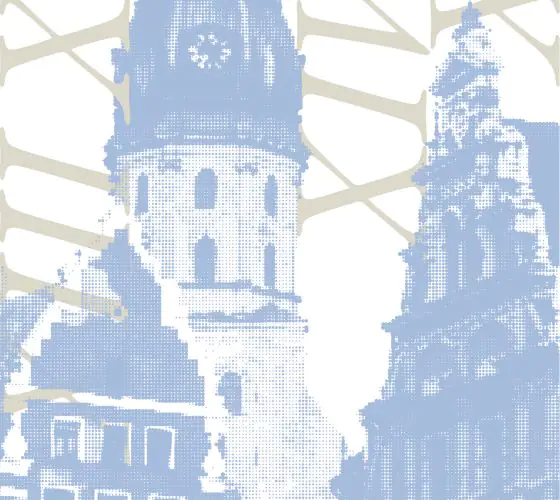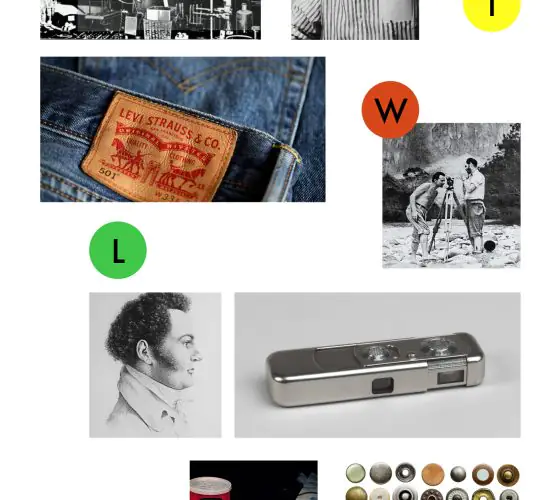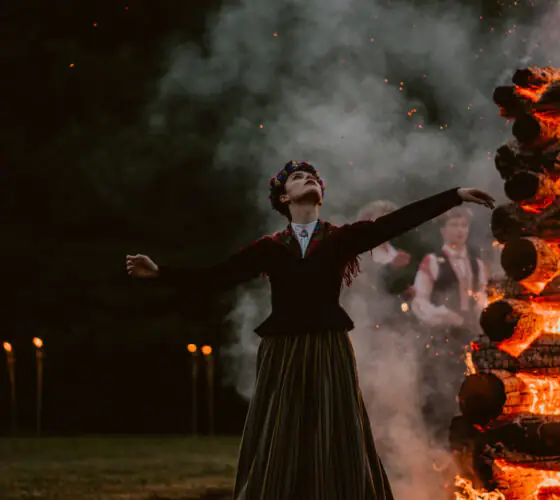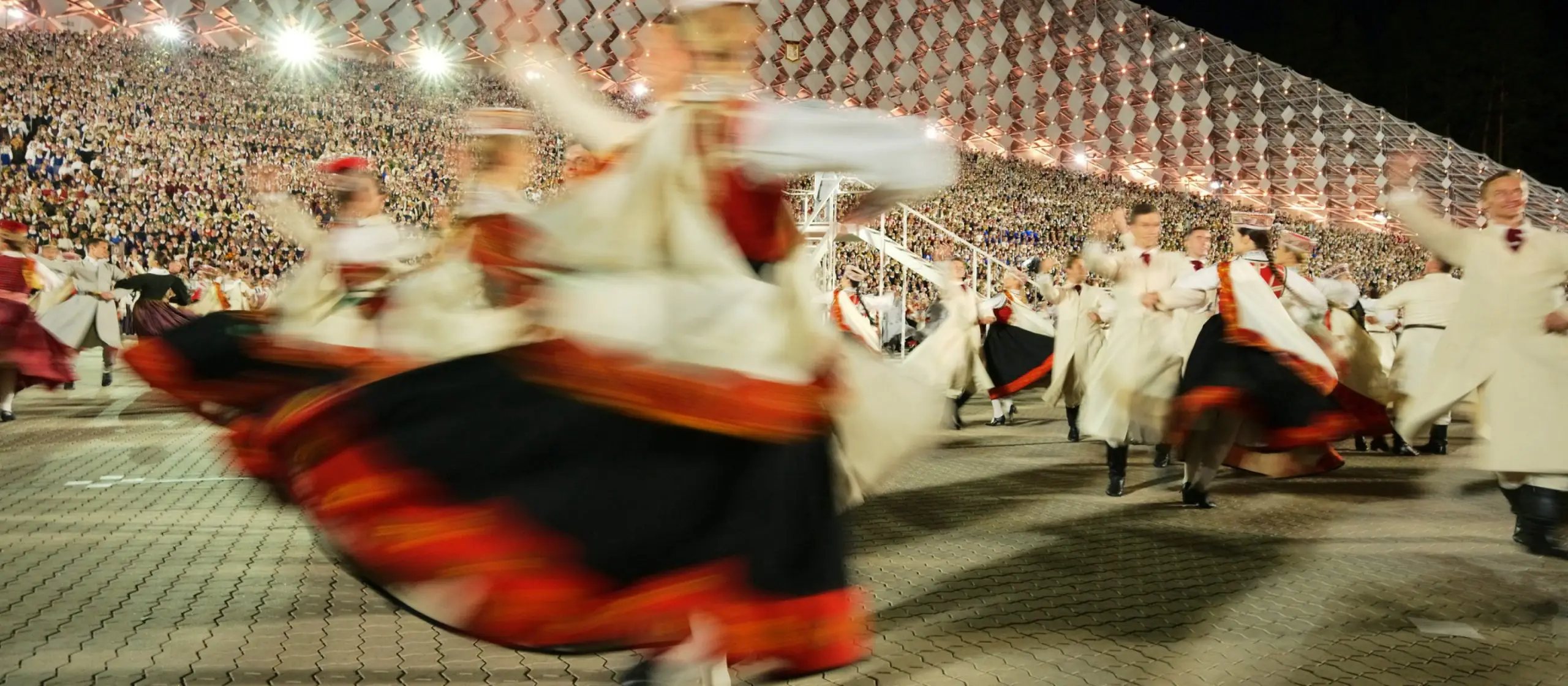
Let’s get one thing clear: there is no unified national costume design template, rather many different variations from different eras and regions of Latvia. For example, a monochrome costume with a blue-brown hood, bronze jewellery and leather shoes—a template taken from rare archaeological finds from both the early and late medieval period. A woollen dress with a sash tied with a red and white patterned belt and a thick white linen shawl is a 19th-century version of a costume worn in Latgale. There are so many different outfit combinations that it would be impossible to summarise them in this one article.
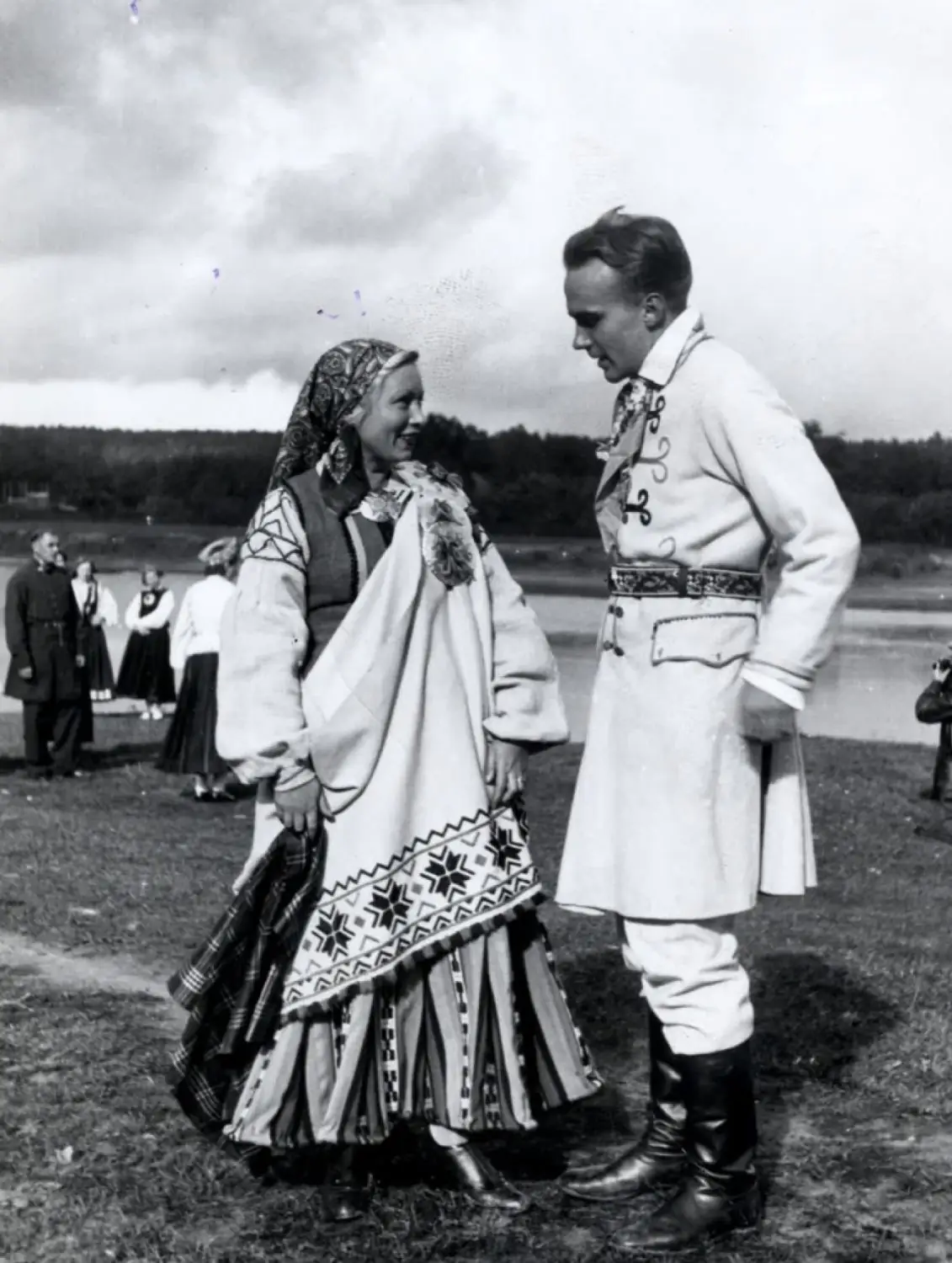
kulturaskanons.lv
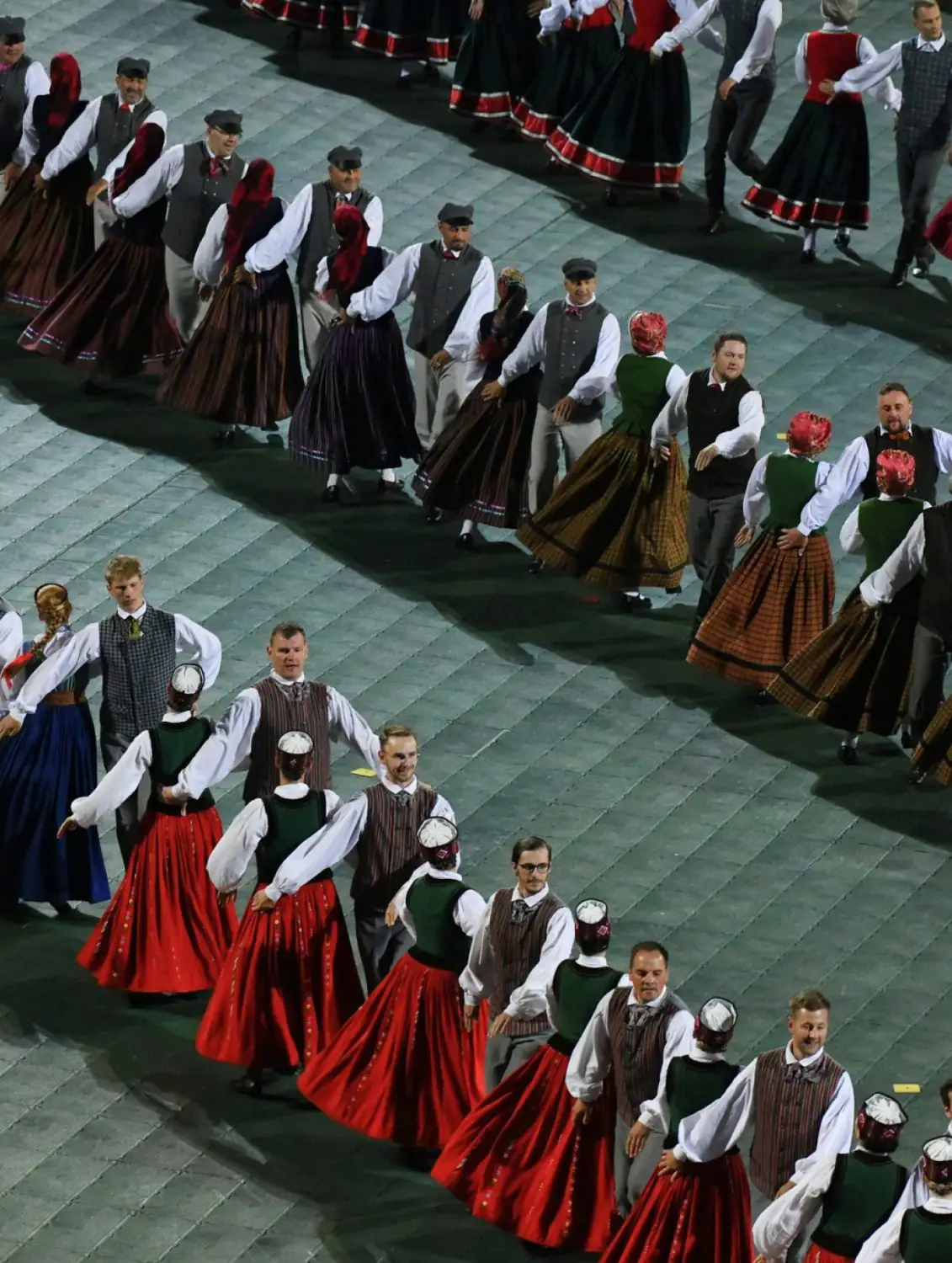
facebook.com/Dziesmusvetki
However, the basic elements of the costumes tend to be similar: a cotton or linen shirt, woollen skirts for women and trousers for men, a waistcoat or long-sleeved jacket, long socks and leather or straw baste shoes. These elements are then accessorised and decorated in various ways. The culture of headgear for women was also more or less standardised: an unmarried girl wore a wreath crown, a married woman a hat or shawl. However, over time, shawls became common amongst all women.
Why so glamorous?
What we now call folk costumes were originally the everyday outfits of peasants, fishermen and craftsmen; all made by hand. But when we look at modern copies and interpretations of the originals, the question arises: why go to such trouble making elaborate workwear?
The answer is multifaceted. First, not all clothes were used exclusively for everyday wear: weddings and ritual celebrations required their own clothing . Secondly, the simple everyday versions were transformed over time into something dressier and more “stylish”. The most likely reason, however, was urbanisation and the movement of increasing numbers of people from the countryside to the cities. The environment made it possible to draw inspiration from other people’s garments, as well as show off your own unique design… after spending a year making it.
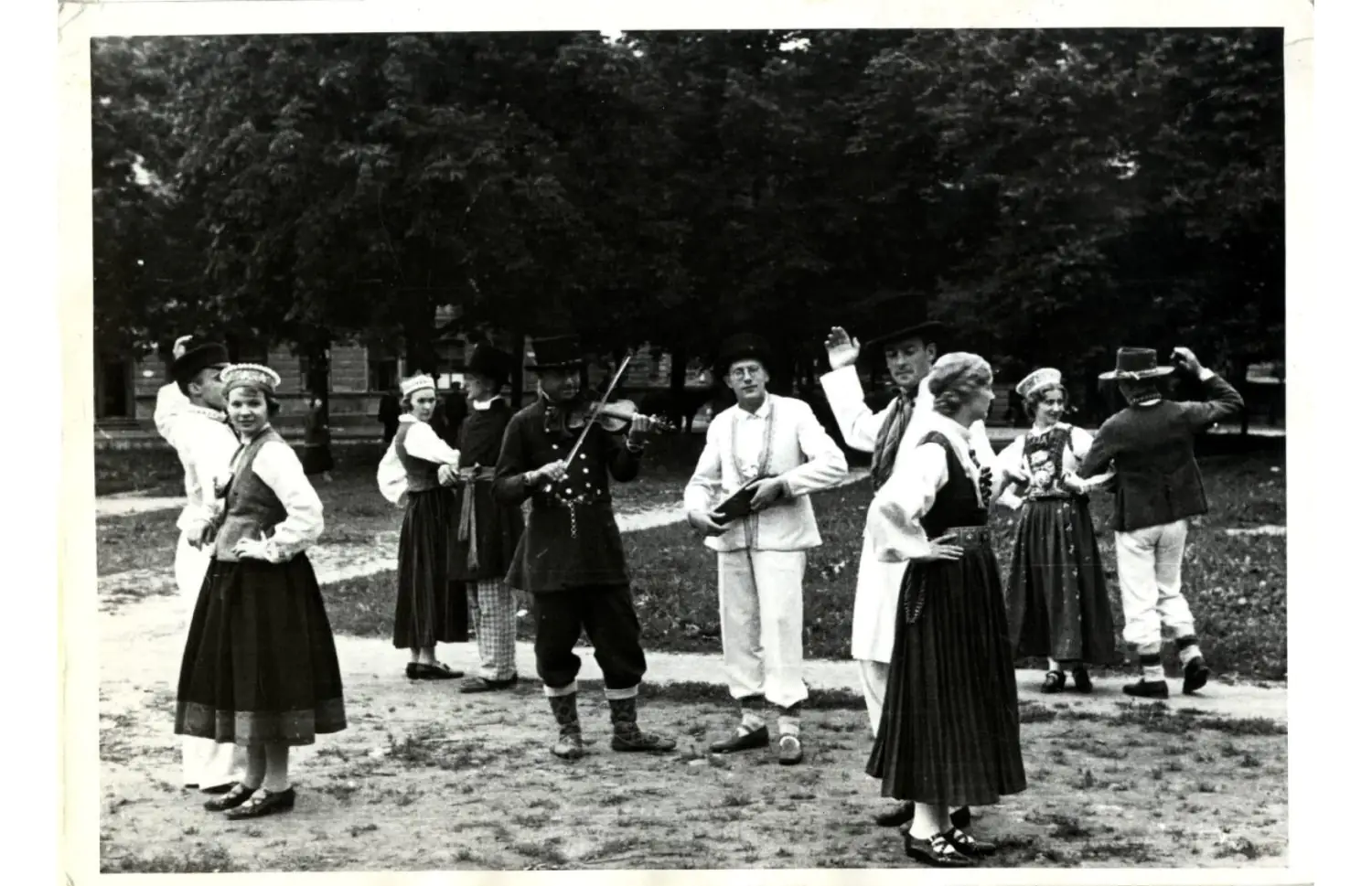
kulturaskanons.lv
Indeed, it took on average a year of effort to create a single costume. After all, the prospective wearer did everything themselves—from spinning and dyeing the yarn to weaving and sewing the garments. For example, to fade the linen (i.e. to turn it from its natural yellowish hue to white), it needed a lot of exposure to sunlight, which in the cool Baltic region was only available during the summer.
How shirts and happiness are related
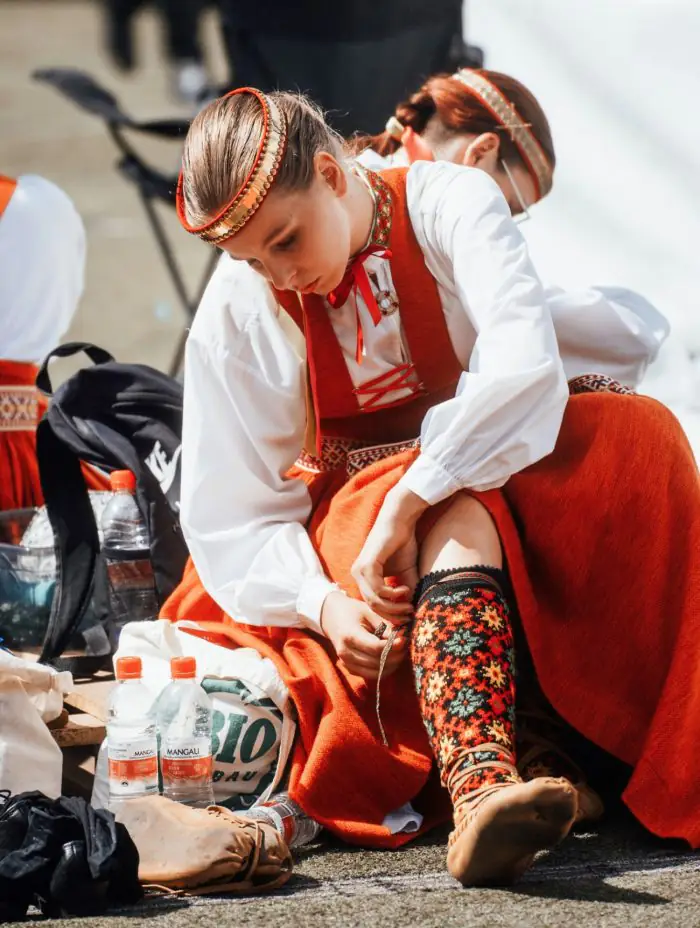
The process of creating the costume itself took a lot of time and effort, yet the design was not much easier. Our pagan past and a deep connection between man and nature have left a powerful imprint on Latvian culture. This connection can be traced in the design of costumes: two hundred years ago, symbolism and ornamentation were perhaps the most important and reverent elements of a particular garment and its wearer. Certain symbols were often used to denote certain deities that people wanted to wear on their bodies for various reasons.
People tried to attract the attention of the various gods by symbolically representing them on clothing. This tradition dates back to ancient times but persisted until the recent past. As late as the 19th century, it was customary for wedding guests to gift knitted mittens, often tailored to the recipient, with important wishes encoded through a symbolic language. Each notable deity in Latvian mythology has its own designation. The most common depictions on garments are of Māra, Laima, Saule (the sun), Mēness (the moon), Pērkons (thunder) and Jumis.
Choosing which symbols to use was a relatively straight-forward process: Māra is the goddess of fertility, so her symbol was most often embroidered on clothing for women who were expecting or planning a child; someone who wanted to improve their financial situation opted for Jumis (the god of the harvest); and someone who was undecided about exactly what was missing in their life just used all the deities (this was actually the most common practice).
Where to see and feel
In 1896 the first Latvian Ethnographic Exhibition was held. The aim of the event was to showcase the nation’s ancient and varied history. The exhibits for the exhibition were collected over a period of three years from all over Latvia: some were purchased, some were rented from and returned to their owners once the exhibition had finished; everything from original tools and works of art to folk costumes were on display.
Today, some of the objects preserved from the exhibition are on display at the Latvian Open-Air Museum: all but one of the costumes were returned to their owners after the exhibition. People were simply not ready to part with such important belongings, often passed down through the generations. This fact alone shows how significant these garments are to the Latvian spirit.
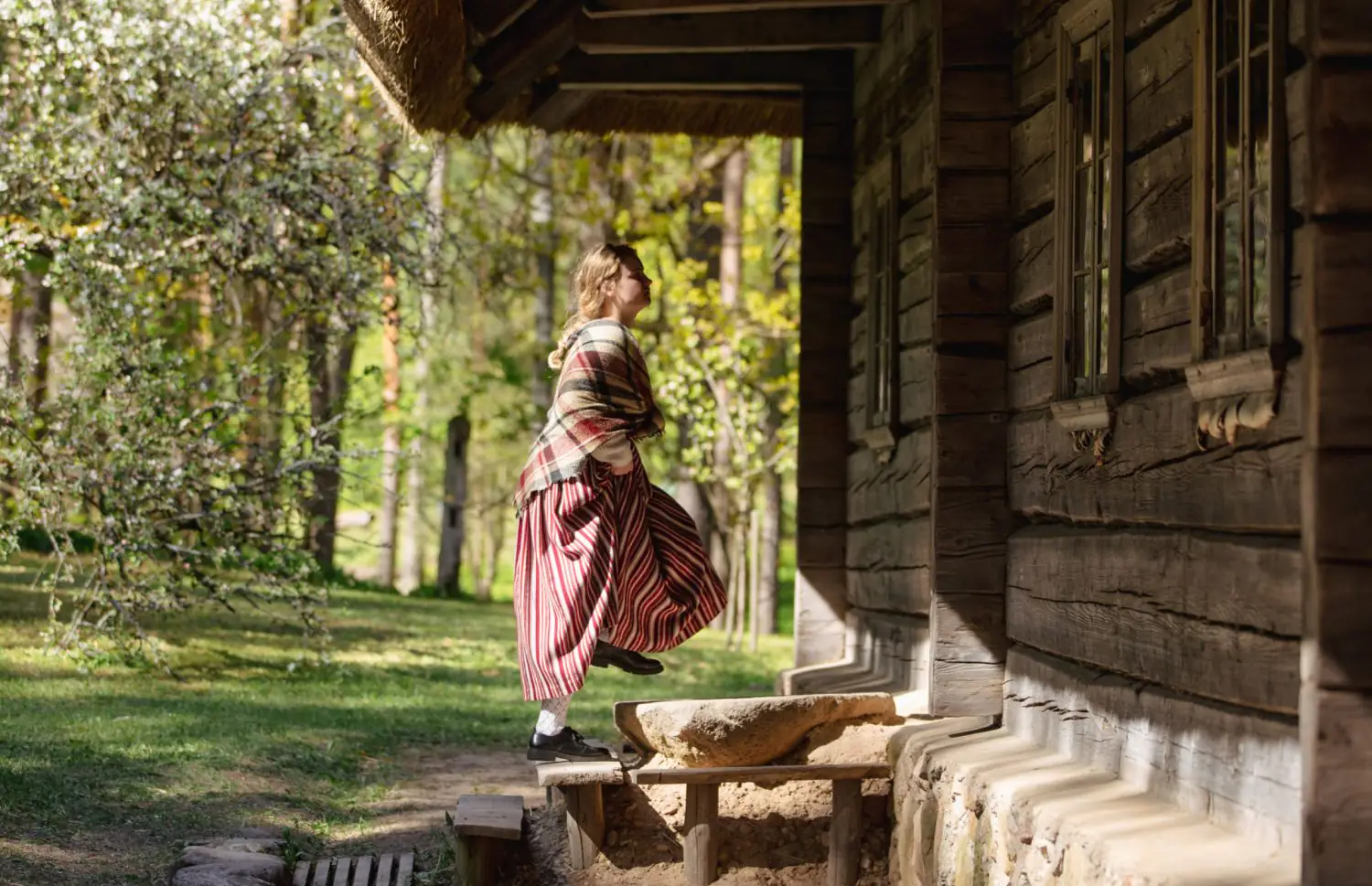
facebook.com/latvijasetnografiskaisbrivdabasmuzejs
But perhaps the most touching accounts are from some of the 170 000 Latvians who fled the country during the Second World War. Unable to take with them anything besides absolute essentials and the things dearest to their hearts, not knowing whether they would ever return, some opted to bring their carefully packed family costumes with them into the unknown. “It is a symbol of our identity that cannot be put into words,” says Danuta Grinfelde, a representative of the Museum “Latvians in the World” (“Latvieši pasaulē”).
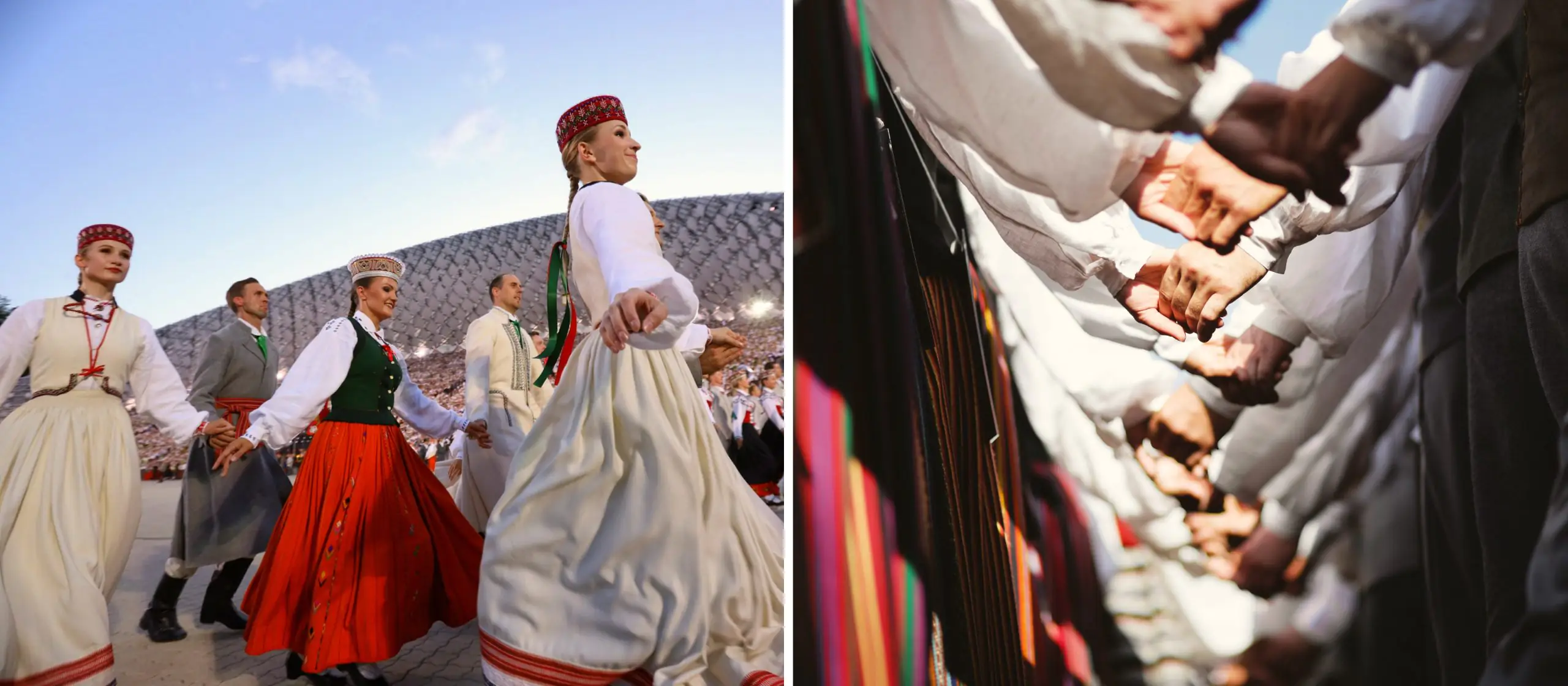
The costumes of today
A recent phenomenon among the younger generations of Latvians is to wear folk costumes (as opposed to suits and bridal dresses) to their weddings. There are several options for those who go down this route: find a costume in the family treasure chest, buy a ready-made copy, rent one or have it made to order (and often, when choosing the latter option, buyers decide in favour of the design native to the Latvian region of their ancestors). For many, the costume serves as a special link to ancestry and family, and the power it has to unite generations. Now the ornamentation and symbology of the costume appears to be secondary—the costume itself becomes a symbol.
There are a multitude of places dotted around Riga that specialise in selling and making folk costumes. Perhaps the most famous of these is “Senā Klēts” in the Old town. Here you can see modern versions of the costumes in person and, of course, buy them.
For those of you who plan to be in Latvia in 2028 have a special treat in store: every five years the country hosts a grand, unique event—the Nationwide Latvian Song and Dance Festival. It’s a unique opportunity to see hundreds and thousands of people in their traditional costumes and really take in the diversity of them right there on the city streets.

